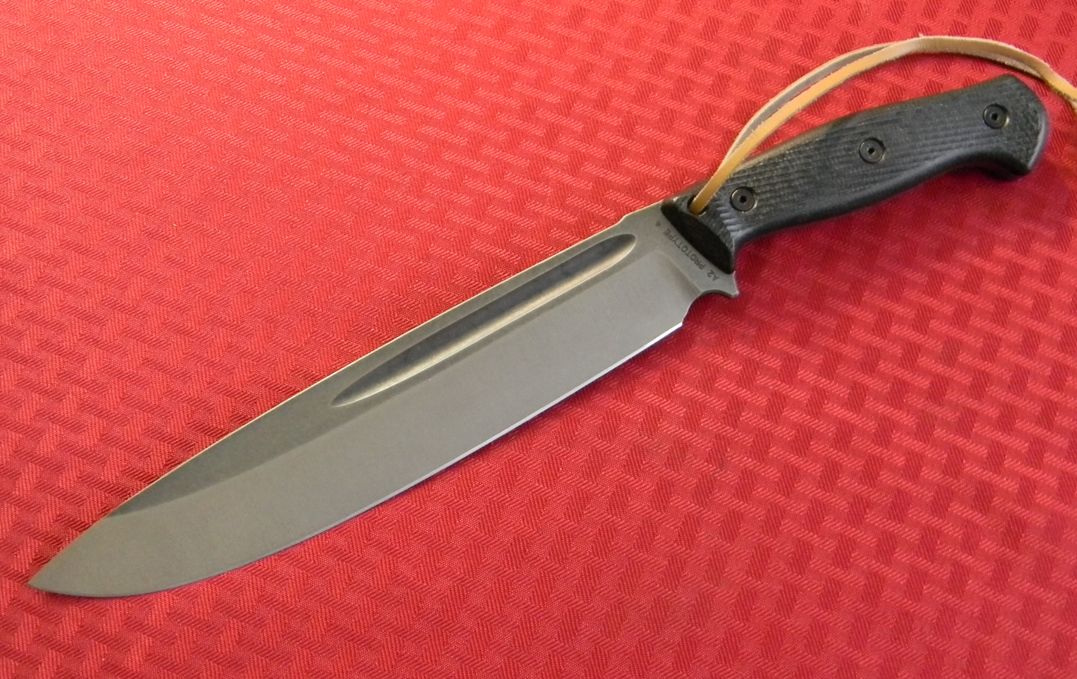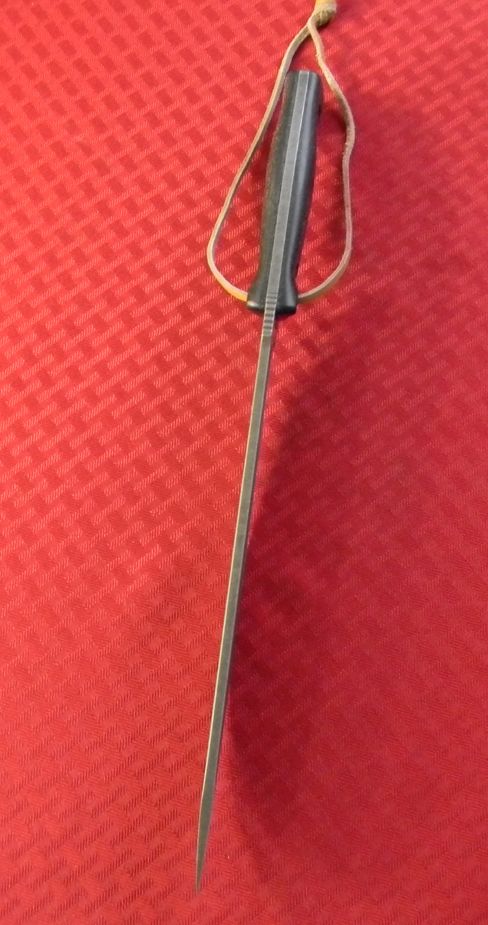What is the effective difference between the prototypes in A2 and the ones you'll run later in 3V? I love me some A2...but I've had solid luck with fixed blades in 3V as well.
A2 is a very good middle of the road steel with better corrosion resistance and wear resistance than things like 1095 and probably tougher too. It's a great tool steel. I have run some knives in the past with high grades of A2 with really dialed in HT that has phenomenal fine edge stability and edge retention in a small EDC kind of knife but that's not what these prototypes are, they're just regular A2 with a normal HT.
3V is like D2 in that it can be heat treated in different ways to have different properties that goes well beyond just different Rockwell hardness's. Generally speaking it is more abrasion resistant and tougher than A2, though if the aus temp is bumped to get a better crisper edge that toughness goes down some. Tweaks to the HT are complex because if you change one thing, like the aus temp, and don't change other things like the quench rate and quench depth, some tweaks can have the opposite of the intended effect.
I haven't finalized the HT on the 3V for these choppers but it's going to be geared towards total toughness with reduced mushy edge for better edge retention in rough chopping rather than maximizing abrasive wear resistance or fine edge stability.
But to sum up, in this application the 3V will be tougher, more corrosion resistant and better wear resistance than A2, with about the same edge stability except at gross impacts (such as cutting through a nail) where it will suffer less edge damage with a shiny microchipped edge rather than a big chip. In normal use the primary advantage to 3V is less rust and a long edge life in abrasive things. Where it really shines is when the user steps it up a notch into "rough" use where it has a larger functional window. This also buys you some insurance when cutting near rocky soil and you might hit a rock, or barbwire grown into a tree etc.
All that said, A2 is so far beyond the spring steels often used in something like a machete that for most folks it's really all you'd ever need in a big bush knife.
















